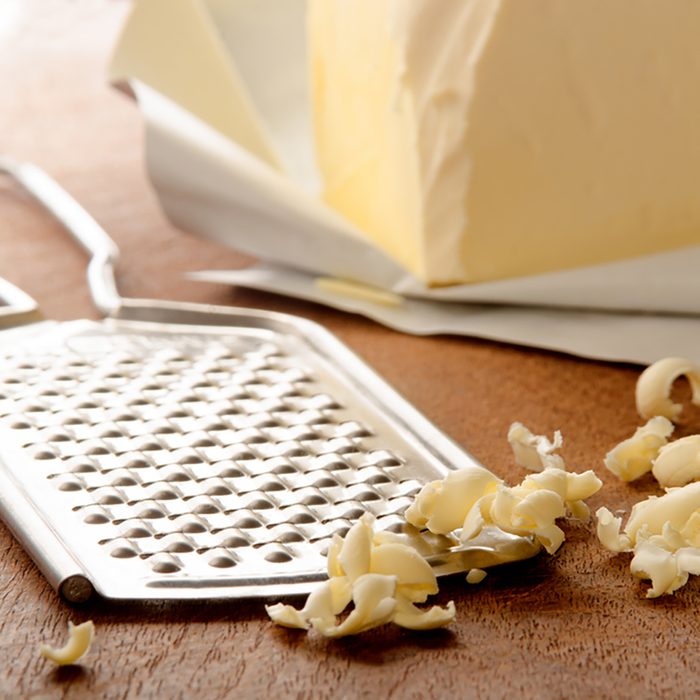
Grate frozen butter next time you bake
When it comes to baking, cold or frozen butter is king. Why? Because when baking pie crusts, scones, biscuits or any other kind of quick bread, you want a flaky, buttery outside. And the cold temperature of the butter is part of what helps achieve that texture.
In the oven, the steam created by the butter as it bakes lifts up your crusts and bread to achieve that flaky goodness. The problem is that butter warms up really quickly once you take it out of the freezer. That’s when a regular old box cheese grater comes in handy.
Next time you’re baking, simply grate frozen butter into little shreds directly into the dough. You’ll find that it incorporates quickly and easily into the batter without having a chance to warm up.
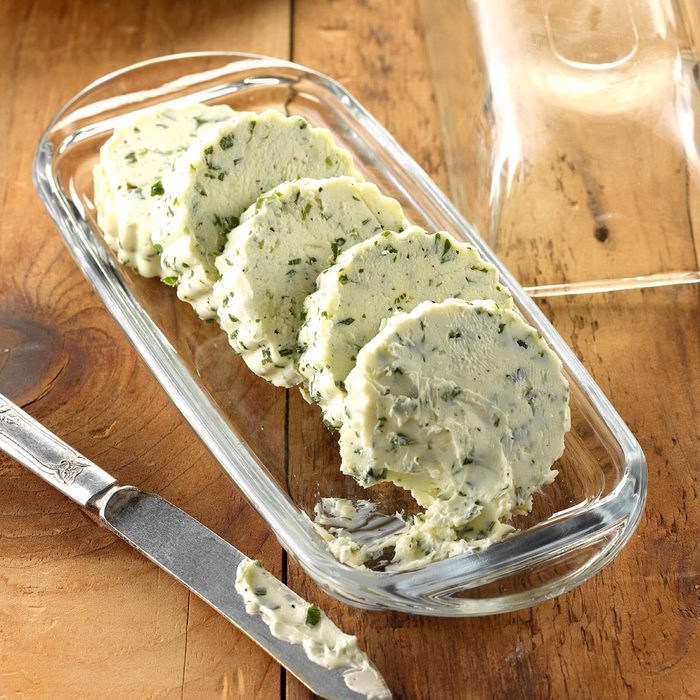
Make a compound butter for an easy flavor upgrade
If you’re trying to impress your company with a fancy meal, use up random ingredients before they go bad or take your family dinner to another level, try making a compound butter spread, suggests chef Stefan Pickerel, flavor expert at The Spice & Tea Exchange.
Compound butters are easy to throw together and instantly lend fresh, savory flavor to steak, fish, scones, pancakes, cornbread, waffles, chicken or anything else you can think of.
To make a compound butter, simply chop it into chunks and process it in a food processor with the ingredients of your choice, usually herbs, spices, cheese, citrus zest or some combination thereof. Spoon it onto plastic wrap, roll it into a log and chill before serving (or freeze for future use). Two of Pickerel’s favorite combinations are garlic pesto and raspberry and lavender butter.
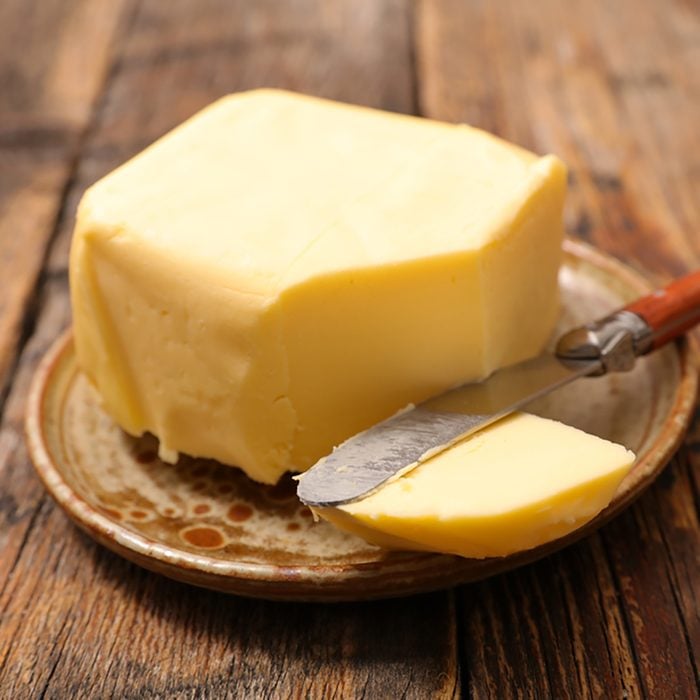
Always use unsalted butter
If you’ve ever wondered whether it really matters what kind of butter you use, the answer is yes. Always use unsalted butter if possible, suggests chef Chris Nirschel of the New York Catering Service and former Food Network star.
You can always add salt if needed, he says, but if you start with salted butter, especially if you’re baking something sweet, you could throw off the flavor profile.
Plus, because different recipes call for different varieties of salt—kosher, Himalayan, table salt—it’s simply too easy for the salt in salted butter to overpower other flavors. Here’s everything you need to know about salted vs unsalted butter.
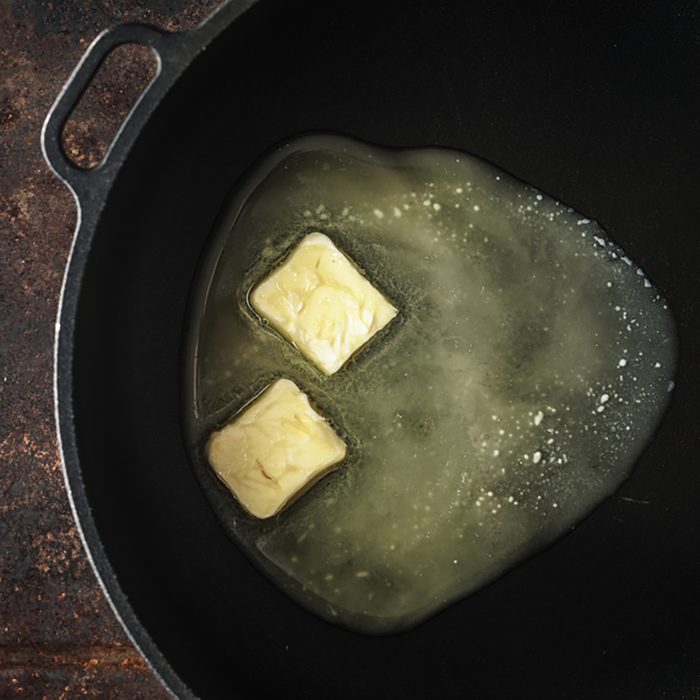
Beware of butter’s smoke point
While browning butter will add a rich, silky flavor to just about any dish, butter can be a fickle beast. Because butter has a low smoke point (due to the milk fat it contains), it’s easy to go from browned to burned if you’re not paying attention, which is why butter isn’t ideal for deep-frying or high-heat cooking.
That said, an easy way to move that smoke point up and thus, lessen the chances of it burning, is to saute the butter with a half-teaspoon of canola oil, Pickerel says. If you do accidentally burn your butter, you can also throw some lemon juice on it and turn off the stove, suggests Nirschel. “That will basically shock the butter and stop the cooking process,” he says.
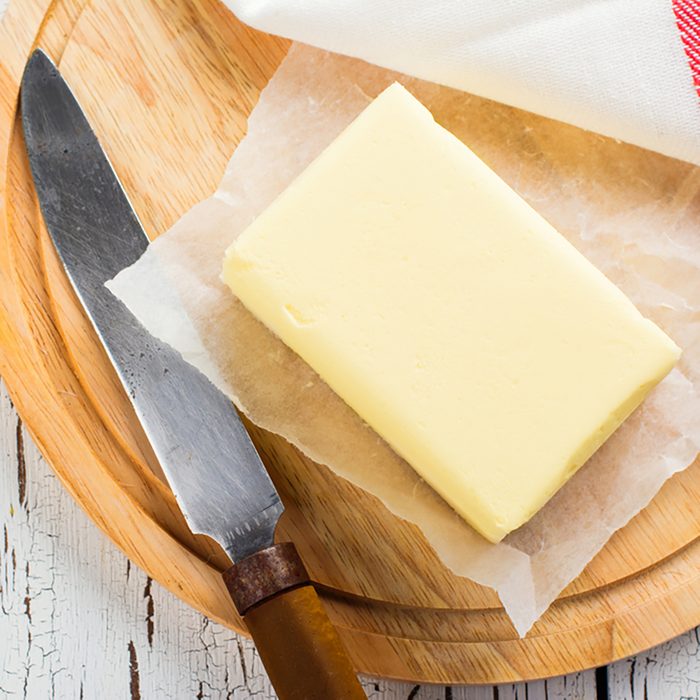
Bring butter to room temperature quickly
Unlike pastries or pie crust, most cookie and cake recipes call for room-temperature butter. But if you’re halfway through and just realized you forgot to take the butter out of the fridge, here’s an easy hack to soften butter quickly, courtesy of the editors at Lifehacker: Simply place the portion of butter you need on a small plate. Next, take a glass, fill it with hot water, and let it stand for about a minute. Dry the glass quickly and invert it over the butter. Let stand for another minute before removing the glass. Ta-da! You have perfectly softened, room-temperature butter in two minutes. By the way, here’s how to cream butter and sugar the right way.
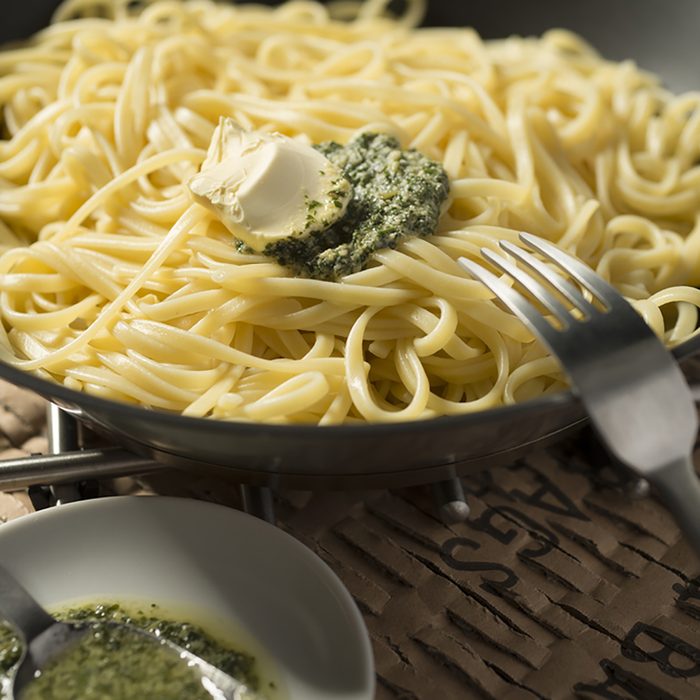
Finish your pasta with butter
This is an old restaurant trick that will instantly take your dinner to the next level, according to Nirschel. The next time you’re making pasta, save some cooking water from the pot when you drain the pasta. Then simply add your pasta, the pasta water and some cold, cut-up butter to the sauce and simmer for a few minutes before serving. If you love pasta, check out our best pasta recipes ever. Next, take a look at another restaurant butter hack on how to open a butter packet.
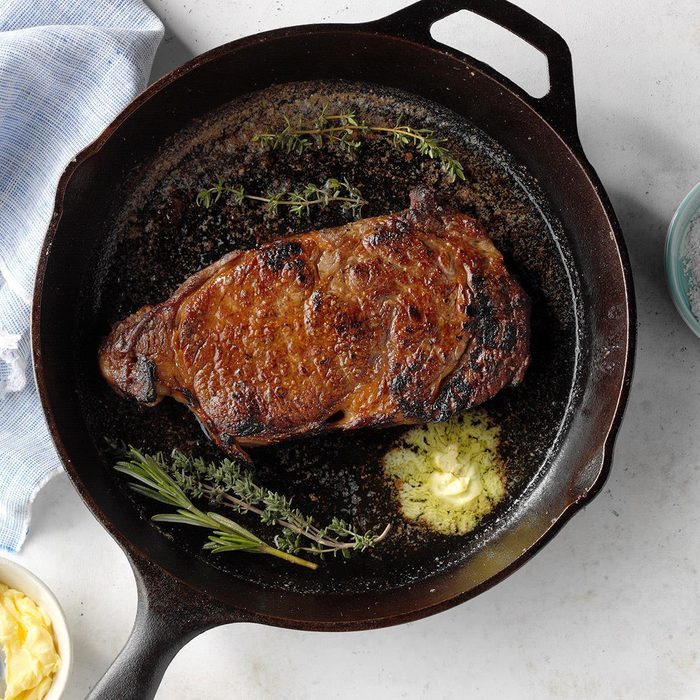
Baste meat in butter
It’s a fact of life that butter basically makes everything taste better, including (and especially) steak and poultry. However, because of butter’s above-mentioned low smoke point, you don’t want to sear meat in butter. (I’ve made this mistake before, and trust me…the end result is not worth the mess, the screaming smoke alarms and the kitchen fire you’ll potentially start.)
Instead, baste any seared meats or poultry with a pat of butter toward the end of the cooking process for a gorgeous finish that adds flavor and color to your main course. Have a vegan in the family? Try this creamy, vegan cashew butter recipe. It can be used in a wide variety of meatless, vegan-friendly dishes!
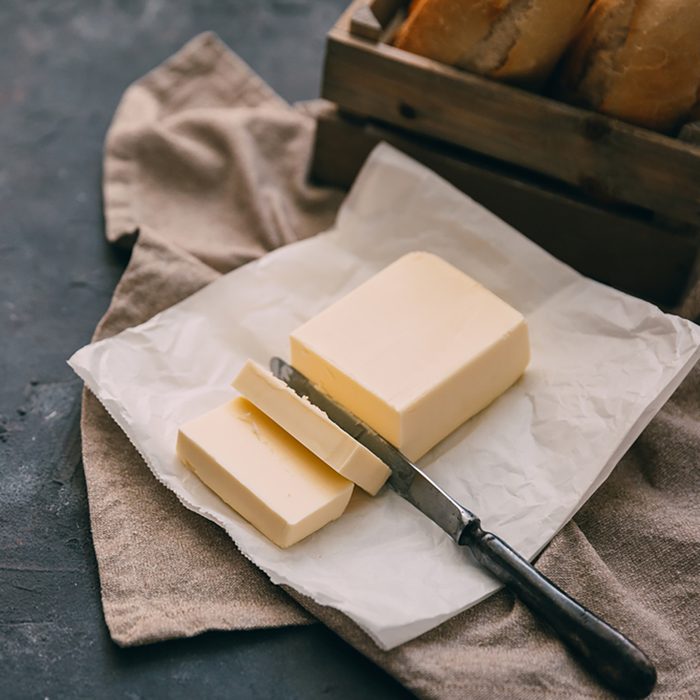
Make friends with umami
Both Nirschel and Pickerel agree that the biggest mistake they see people making is being afraid of butter, possibly because it’s been considered a saturated fat bomb for several decades. But newer research has largely exonerated fat, even some of the saturated varieties. “Butter is flavor,” Pickerel says. “And at the end of the day, we’re creating and sharing experiences through the food we’re making for a more flavorful life. That’s what we want—as much flavor in our lives as possible.” Here’s the science behind the health benefits of butter and the reason it isn’t as bad as you think.
Ran out of butter? Try one of these butter replacements for baking.